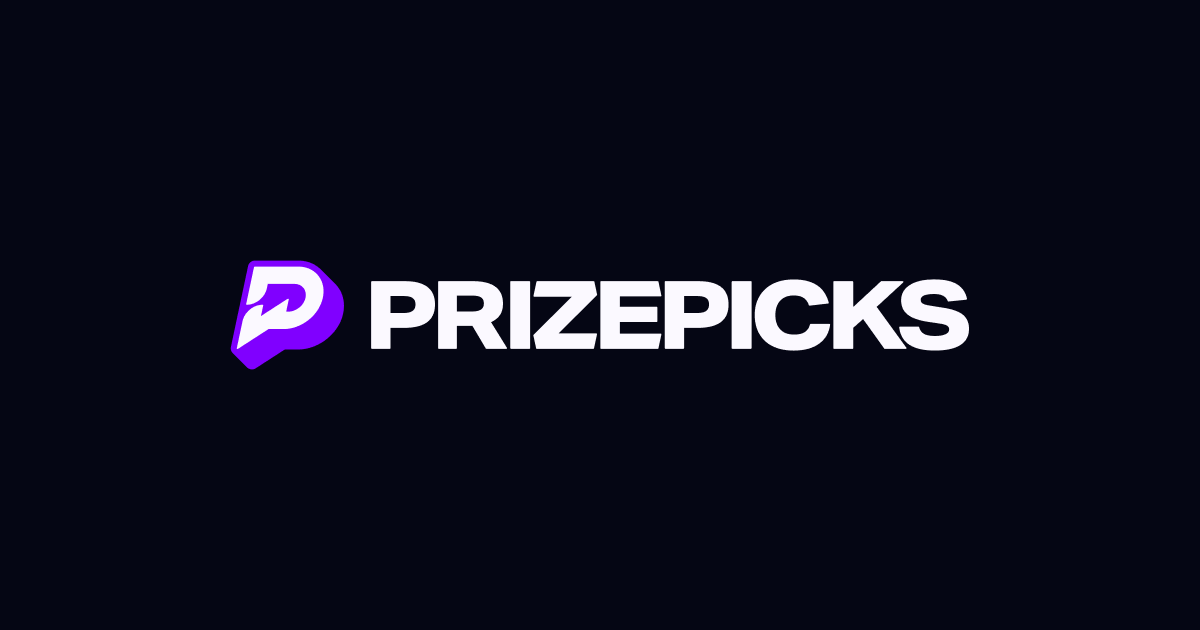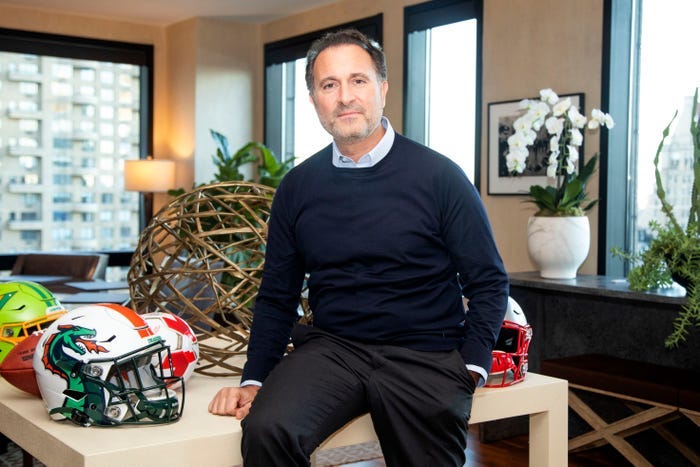🏈 🔵 What The House v. NCAA Settlement Means For College Football’s Future
Last Wednesday, the NCAA Board of Governors and every Power Five conference (including the two remaining Pac-12 schools) agreed to a future revenue-sharing monetization model.
Welcome to Blue Chip Journal by Adam Breneman — a 2x per-week newsletter with analysis, hot takes, and news on all things college football, NIL, and recruiting. Subscribe now and join nearly 13,000 other sports fans, and share this newsletter with all the college football fans you know!
What The House v. NCAA Settlement Means For College Football’s Future
Hey friends,
A new era of college athletics has arrived, with football at the forefront of the monumental overhaul.
Last Wednesday, the NCAA Board of Governors and every Power Five conference (including the two remaining Pac-12 schools) agreed to a future revenue-sharing monetization model, beginning through the distribution of past-due compensation to former players.
The long-awaited revelation arose from a $2.8 billion settlement in the House v. NCAA case after former Arizona State swimmer Grant House sued the organization for banning NIL monetization opportunities before 2021.
Consequently, the lawsuit threatened to bankrupt the NCAA, leading to the gaudy payout figure.
According to Dennis Dodd of CBS Sports, each Power Five school, in conjunction with the NCAA, will pay out “an average of $22 million” annually over the next 10 years, separate from the $2.8 billion figure.
While the allocation and logistics of distributing media revenue from current deals have yet to be penned, the settlement will benefit college football players more than any other collegiate athlete beginning in 2025.
Let’s break down what the House v. NCAA landmark case could mean for the sport’s future and how it could permanently eliminate its amateurism structure:
Background & Benefits
Aside from just House v. NCAA alone, the settlement between the NCAA and its athletes was resolved in three separate antitrust cases.
House, mentioned above, and Oregon basketball player Sedona Prince were both key plaintiffs involved in the case, stating that the Power Five conferences and the NCAA worked to “exploit student-athlete labor and effort without legal representation.”
Moreover, they claimed that the NCAA’s restrictions on NIL and authoritative control over media markets limit athletes’ potential to profit on their fair market value, above covering educational expenses.
Steve Berman, an attorney for the plaintiffs, summarized the settlement best:
“This landmark settlement will bring college sports into the 21st century, with college athletes finally able to receive a fair share of the billions of dollars of revenue that they generate from their schools,” he said.
Of the $2.8 billion owed by the NCAA, only former athletes will benefit directly from the compensation.
Athletes who played from June 15, 2016, through November 3, 2023, will split $2.8 billion over the next 10 years, split into annual increments of $277 million.
The NCAA will fund the payments by cutting into its revenue shares with Division I schools.
Although specifics are still unclear, the per-athlete breakdown will likely be determined using a formula developed by sports economists determining each athlete’s market value, per Business of College Sports.
For current college football players, their piece of the pie will first arrive next fall, as previously mentioned.
According to CBS Sports, “The NCAA and its conference will hammer out the details of new revenue-sharing and governance models over the next few months.”
To begin, it has been rumored that Power Five schools will be able to share “up to $22 million per year” to begin.
Each department will be able to choose who gets paid and how much, varying from school to school.
This newsletter is presented by... PrizePicks
PrizePicks is the easiest way to play daily fantasy. Getting started is very simple — register for an account, make a deposit, and pick more or less on 2-6 player stats to win payouts of up to 25x!
Aside from offering an initial deposit match of up to $100, fans can now use my promo code AdamB for an even BIGGER discount upon downloading the app. Click on the link below to get started today!
What’s Next?
The settlement has been long overdue, but now, it opens Pandora’s box for a future role for private equity involvement within college football.
As the landscape continues to alter and evolve, the infiltration of outside financing into college football, otherwise known as an “uncharted investment opportunity,” will ascend.
Four days ago, Dodd interviewed Gerry Cardinale of RedBird Capital to talk about his firm’s perspective involvement in college football after the House v. NCAA settlement became official.
Cardinale and his company spearheaded an acquisition of soccer titan AC Milan for $1.3 billion last August. He also has a stake in the Pittsburgh Penguins and Boston Red Sox.
Last week, according to Dodd, Cardinale was asked a hypothetical question by a New York Times reporter:
“How much would Michigan football be worth as an investment by his company?”
His response? “I’d say it’s worth at least a BILLION dollars,” Cardinale said.
With the settlement in place and investors looking for viable ROI avenues, private equity is bound to be involved in future fundraising campaigns.
As Dodd mentioned, athletic departments will always need immediate capital to stay at the top end of the competitive spectrum.
Cardinale’s new business, College Athletic Solutions, plans to invest $50 to $200 million in “five to 10 top athletic departments” to assist in day-to-day operations.
According to Dodd, RedBird Capital seeks a 10% to 12% return on all investments, and with college football, it’s comparable to investing in an undervalued property.
It’s no secret that college football is a multi-billion dollar enterprise.
With outside investors bound to put their unique stamp on its fabric, its tradition-based, amateur model is prepped to become overly dynamic.
"That'll change," Cardinale said. "There will be increasing evolution in their thinking. When you start to get guys like us involved, it's going to bring that. The unification thing, that's what you guys should be talking about. I'm telling you, this thing is coming."
If you have any questions, comments, or feedback, please don’t hesitate to reach out to me by email at adam@brenemanmedia.com.
You can also find me on Twitter, Instagram, TikTok, LinkedIn or Facebook.
Shoutout to Connor Krause for helping to write this newsletter and putting it together!
Interested in advertising with Blue Chip Journal? Email me.










